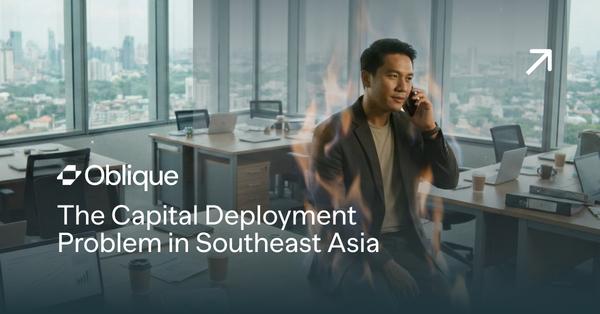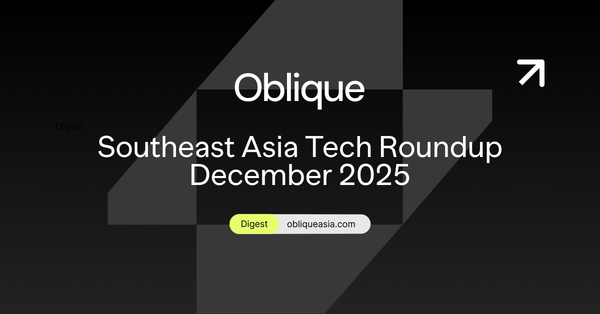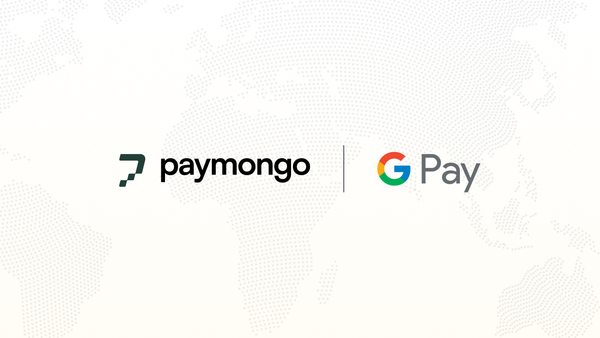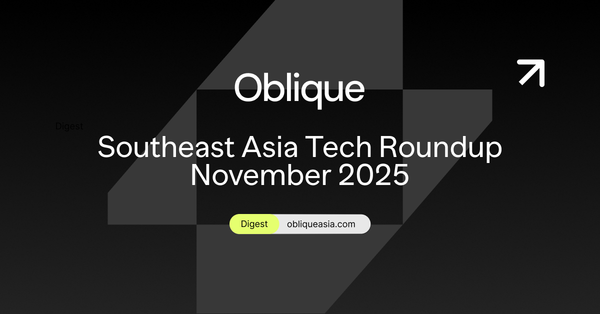When Legacy Buys Culture: What Publicis' Hepmil Acquisition Really Means for Asia's Media Future
When a Euronext-listed holding company writes an undisclosed check for a meme factory, it's not buying jokes—it's buying the blueprint for how marketing works when platforms automate agencies out of existence.
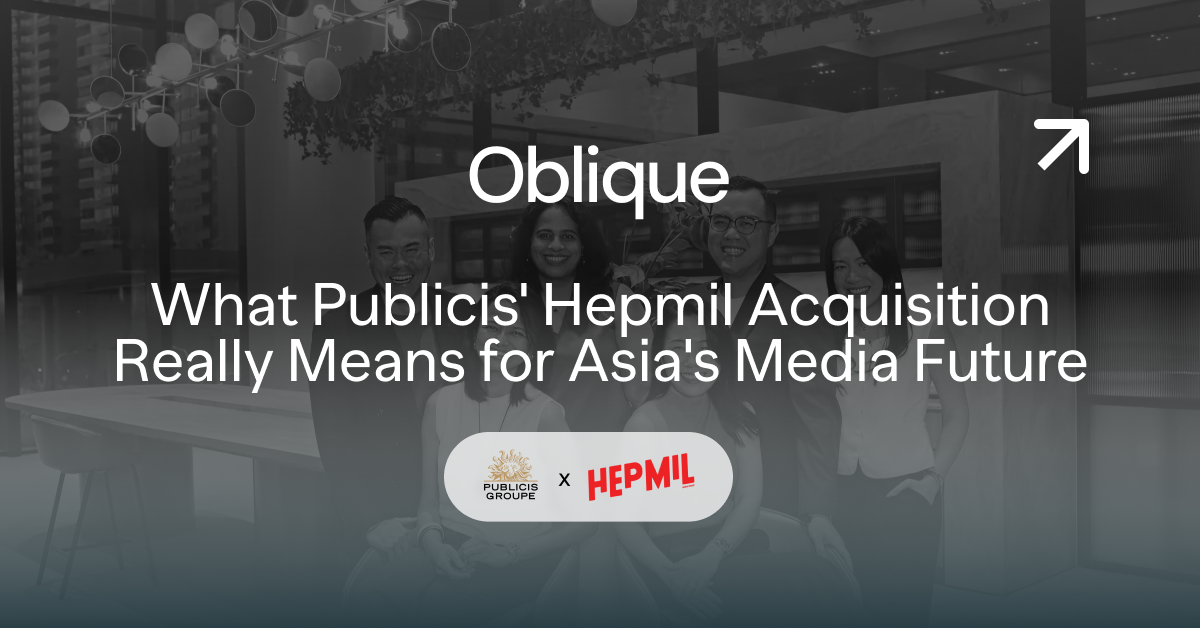
Strip away the press release language about "synergies" and "data-driven creator marketing," and you'll find something far more consequential than another M&A headline. Publicis isn't buying SGAG's parent company Hepmil because they need more influencer contracts—they already own Influential ($500M) and Captiv8 ($150M). They're buying it because they're building a defensive moat against their own extinction.
The thesis: legacy agencies spent a decade optimizing for performance marketing, but the new moat is cultural production that converts without platform rent. Publicis sees what's coming—Meta and Google's AI tools automating agencies into irrelevance, customer acquisition costs surging 60% in five years, and the only sustainable edge being ownership of cultural infrastructure that generates demand before it hits paid channels.
Hepmil represents that infrastructure. Not as an influencer agency, but as scalable cultural operating system—70 million fans across Southeast Asia, 3,000 creators, and most critically, distribution that performs without bleeding margin to platform taxes.
Platform Dependence: The Extinction Risk Most Agencies Overlook
Meta and Google are building AI tools explicitly designed to eliminate agencies. Meta's "one-button advertising" and Google's Merlin system aim to automate everything from creative to budget allocation by 2026. When Zuckerberg talks about AI "one-stop shops" where brands upload a product image and budget, then let automation handle the rest—that's not product vision, it's agency extinction timeline.
The margin math is brutal: Amazon undercuts The Trade Desk with 1% ad sales fees versus 12-15%. Customer acquisition costs increased 60% over five years. Fourth-quartile SaaS companies now spend $2.82 to acquire $1 of new ARR—a death spiral. Agencies can't afford to keep renting demand generation from platforms that are simultaneously competing with them.
SGAG's Real Asset: Industrial-Scale Cultural Relevance
Here's what Publicis actually acquired: not a meme page, but a content factory with proven unit economics. Hepmil: S$5.2 million revenue, S$812,000+ profit in 2020, profitable since inception, only $11 million raised total. The capital efficiency is remarkable—returns without burning venture cash or relying on paid acquisition.
The operational model matters: SGAG, MGAG, PGAG aren't hobbyist accounts—they're hyper-localized content engines with repeatable characters, community rituals, and formats that scale regionally while maintaining local nuance. During COVID-19, MGAG shifted to real-time "timely memes" responding to developments within hours. This isn't content marketing; it's content infrastructure.
The economics work because Hepmil operates three revenue streams: branded content creation, creator network management (3,000+ creators), and platform-native distribution that bypasses paid media spend.
The C3 Flywheel Southeast Asia Is Building
Southeast Asia's social commerce GMV hits $85 billion by 2027. The region's 482 million internet users spend 2+ hours daily on social media, with 91.7% smartphone penetration creating seamless content-to-transaction integration.
The cultural mechanism is different: collectivist societies drive group-buying behavior and comment-driven product demand that Western infrastructure can't replicate. TikTok Shop's live-streamed sales—where creators demonstrate products in real-time—represent the new infrastructure. In Indonesia, beauty brand P Louise sold $2 million in 12 hours during one TikTok live event.
Hepmil's position is strategic: creator networks across six SEA markets with platform-native content expertise to activate commerce flywheels at scale. The model: Community → Content → Commerce → Data → Better Content—compounding returns that campaign-based agencies can't match.
The First Principles Shift
Connect the dots: Owning culture = Owning distribution = Owning demand generation = Owning the marketing stack.
When your content reaches millions organically, you're not renting demand from platforms—you're creating it. Earned media delivers higher conversion rates than paid at fraction of the cost. If you control where awareness originates and how it converts, you don't need to buy it from Google or Meta. You've verticalized the funnel.
Operational Playbook for Media Builders
Build Repeatable IP, Not Disposable Content
SGAG's characters and formats are reusable assets generating returns across campaigns. Create community rituals, inside jokes, formats audiences anticipate. Move from content producer to culture architect.
Flip to Always-On Revenue Models
Campaign-to-campaign is dying. Offer community management, content calendars, cultural strategy as ongoing services. License IP back to brands. Economics shift from project to subscription revenue.
Integrate Creative with Measurable Commerce
The "brand vs. performance" era is over. Track conversion, repeat purchase, customer lifetime value attributed to owned content. Cultural storytelling must prove ROI.
Scale Through Cultural Localization
SGAG works because it's country-first: MGAG for Malaysia, PGAG for Philippines—localized humor that resonates deeply within market. Hire local creators who understand nuance.
Own Data, Reduce Platform Pipes
Every Meta/Google dollar is a dollar you don't control. Build direct relationships: email lists, community groups, proprietary platforms. Design for organic propagation. Flip the ratio from 80% paid/20% owned to 80% owned/20% paid.
Systemize Culture as Industrial Process
Turn cultural creation from artisan craft into repeatable methodology. Build content factories with proven formats, measurable output, scalable operations.
What Everyone Else Is Missing
From the outside: French ad holding group buys Singaporean meme company. Underneath: cultural capital has financialized in Southeast Asia. Meme marketing in India alone is valued at $120 million, expected to hit $360 million by 2025.
As economic power decentralizes across Asia, so does cultural production. Southeast Asia's 675 million people and mobile-first commerce create conditions for distributed cultural creation at unprecedented scale.
The winners won't have the biggest media buying power. They'll understand that in a world where platforms automate everything else, culture is the last unautomatable moat. And culture, at scale, looks like what Hepmil built: a factory for relevance, a flywheel for commerce, a business model independent of platform permission.
Publicis just bought the blueprint. The next battlegrounds—Vietnam, Indonesia, Philippines—are markets where cultural production infrastructure doesn't exist yet.
The question isn't whether cultural capital will define the next agency model. The question is: who's building the infrastructure while everyone else is still buying ads?


